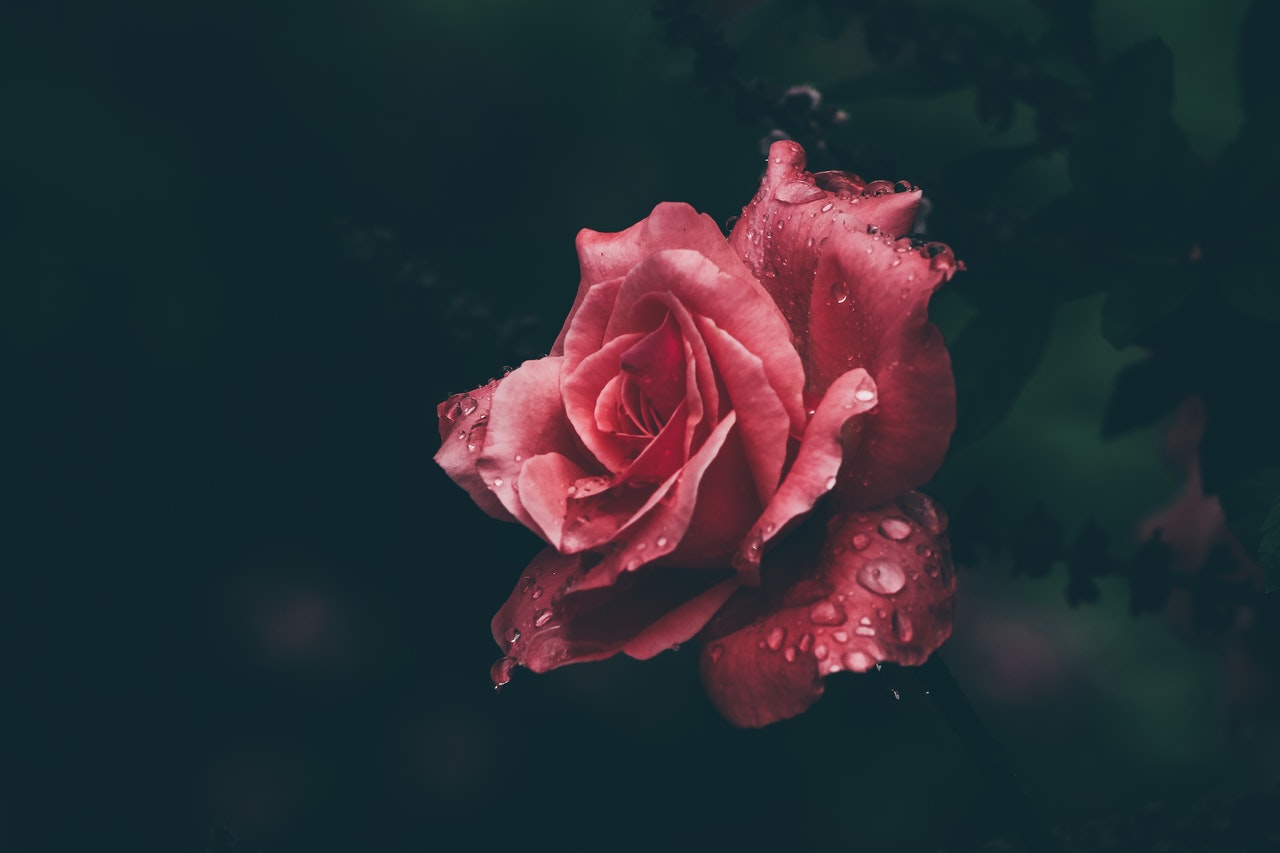Haruki Murakami is that rare author who has achieved both acclaim and popularity within his lifetime. He’s most certainly at the top of the heap, or above and beyond it, when it comes to authors you must read in order to be taken seriously by literary types. For those who don’t read, yet want to carry the clout that comes with knowing Murakami, this is your moment. It’s 1967, and a young college student, Watanabe (Kenichi Matsuyama), leaves Kobe for Tokyo after his best friend’s suicide. Floating between friends, good time girls and books against the backdrop of student protests, Watanabe is visited by Naoko (Rinko Kikuchi), his dead best friend’s girlfriend. The two get closer until Naoko’s unstable mental state leads her to leave for Kyoto. In her absence, Watanabe meets Midori (Kiko Mizuhara), a quirky, outgoing girl. Watanabe is caught between the two; between responsibility and rapture, circumstance and chance.
Hardly unconventional in its story arc, it is Murakami’s writing more than anything else which sets Norwegian Wood apart from any other Japanese romance. His insights and observations are incomparably astute and there are brilliant flashes of humor. But, to their credit, the film’s actors don’t merely regurgitate his prose. Matsuyama is perfect as the bewildered and, at times, intense Watanabe and Rinko Kikuchi’s turn as Naoko leaves hearts intermittently broken and aflutter. Kiko Mizuhara might have a future in deadpan comedy.
Norwegian Wood’s most distinctive quality is its comprehensive unpredictability: The arrival and departure of music (it’s scored by Radiohead’s Jonny Greenwood by the way); the aforementioned bits of unexpected humor; loud but PG-rated sex scenes; Naoko’s walks; Midori’s “wants” and a twirling stair-climbing shot which breaks a period of TV drama monotony. It’s jarring at first, but the rhythm isn’t hard to find. This flux also provides what has to be the most romantic scene of the year so far—an above-waist shot of Naoko giving Watanabe a hand-job on a Kyoto hillside.
This is a gorgeous and captivating film indeed, but the best thing it does is spark (or renew) interest in Murakami’s work.





